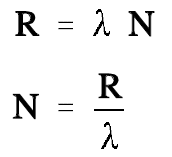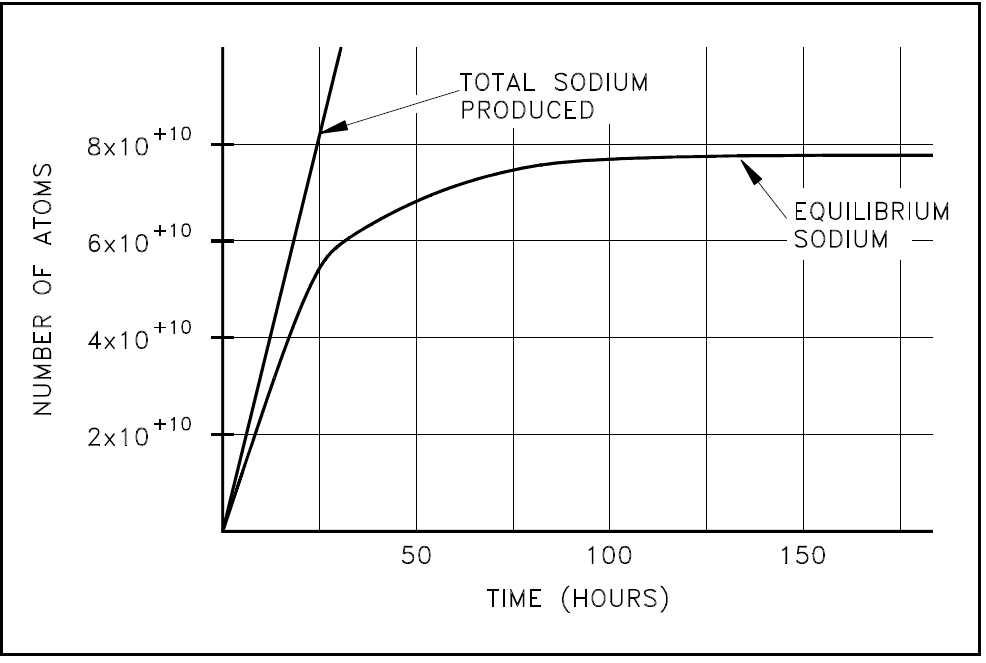
تاريخ الفيزياء

علماء الفيزياء


الفيزياء الكلاسيكية

الميكانيك

الديناميكا الحرارية


الكهربائية والمغناطيسية

الكهربائية

المغناطيسية

الكهرومغناطيسية


علم البصريات

تاريخ علم البصريات

الضوء

مواضيع عامة في علم البصريات

الصوت


الفيزياء الحديثة


النظرية النسبية

النظرية النسبية الخاصة

النظرية النسبية العامة

مواضيع عامة في النظرية النسبية

ميكانيكا الكم

الفيزياء الذرية

الفيزياء الجزيئية


الفيزياء النووية

مواضيع عامة في الفيزياء النووية

النشاط الاشعاعي


فيزياء الحالة الصلبة

الموصلات

أشباه الموصلات

العوازل

مواضيع عامة في الفيزياء الصلبة

فيزياء الجوامد


الليزر

أنواع الليزر

بعض تطبيقات الليزر

مواضيع عامة في الليزر


علم الفلك

تاريخ وعلماء علم الفلك

الثقوب السوداء


المجموعة الشمسية

الشمس

كوكب عطارد

كوكب الزهرة

كوكب الأرض

كوكب المريخ

كوكب المشتري

كوكب زحل

كوكب أورانوس

كوكب نبتون

كوكب بلوتو

القمر

كواكب ومواضيع اخرى

مواضيع عامة في علم الفلك

النجوم

البلازما

الألكترونيات

خواص المادة


الطاقة البديلة

الطاقة الشمسية

مواضيع عامة في الطاقة البديلة

المد والجزر

فيزياء الجسيمات


الفيزياء والعلوم الأخرى

الفيزياء الكيميائية

الفيزياء الرياضية

الفيزياء الحيوية

الفيزياء العامة


مواضيع عامة في الفيزياء

تجارب فيزيائية

مصطلحات وتعاريف فيزيائية

وحدات القياس الفيزيائية

طرائف الفيزياء

مواضيع اخرى
Radioactive Equilibrium
المؤلف:
U.S. Department of Commerce, National Technical Information Service, 1993
المصدر:
The Nuclear Physics and Reactor Theory Handbook
الجزء والصفحة:
p 38
29-3-2017
1979
Radioactive Equilibrium
Radioactive equilibrium exists when a radioactive nuclide is decaying at the same rate at which it is being produced. Since the production rate and decay rate are equal, the number of atoms present remains constant over time.
An example of radioactive equilibrium is the concentration of sodium-24 in the coolant circulating through a sodium-cooled nuclear reactor. Assume that the sodium-24 is being produced at a rate of 1 x 10 atoms 6 per second. If the sodium-24 were stable and did not decay, the amount of sodium-24 present after some period of time could be calculated by multiplying the production rate by the amount of time. Plotting the amount of material present would result in the graph in Figure 1.
However, sodium-24 is not stable, and it decays with a half-life of 14.96 hours. If no sodium-24 is present initially and production starts at a rate of 1 x 106 atoms per second, the rate of decay will initially be zero because there is no sodium-24 present to decay. The rate of decay of sodium-24 will increase as the amount of sodium-24 increases.

Figure 1: Cumulative Production of Sodium-24 Over Time
The amount of sodium-24 present will initially increase rapidly, then it will increase at a continually decreasing rate until the rate of decay is equal to the rate of production. It is possible to calculate how much sodium-24 will be present at equilibrium by setting the production rate (R) equal to the decay rate (λ N).

where:
R = production rate (atoms/second)
λ = decay constant (second-1)
N = number of atoms
It is possible to calculate the equilibrium value for sodium-24 being produced at a rate of 1 x 106 atoms/second.

The development of the equation to calculate how the amount of sodium-24 changes over time as it approaches the equilibrium value is beyond the scope of this handbook. However, the equation is presented below.

This equation can be used to calculate the values of the amount of sodium-24 present at different times. As the time increases, the exponential term approaches zero, and the number of atoms present will approach R/λ. A plot of the approach of sodium-24 to equilibrium is shown in Figure 2.

Figure 2: Approach of Sodium-24 to Equilibrium
 الاكثر قراءة في النشاط الاشعاعي
الاكثر قراءة في النشاط الاشعاعي
 اخر الاخبار
اخر الاخبار
اخبار العتبة العباسية المقدسة

الآخبار الصحية















 قسم الشؤون الفكرية يصدر كتاباً يوثق تاريخ السدانة في العتبة العباسية المقدسة
قسم الشؤون الفكرية يصدر كتاباً يوثق تاريخ السدانة في العتبة العباسية المقدسة "المهمة".. إصدار قصصي يوثّق القصص الفائزة في مسابقة فتوى الدفاع المقدسة للقصة القصيرة
"المهمة".. إصدار قصصي يوثّق القصص الفائزة في مسابقة فتوى الدفاع المقدسة للقصة القصيرة (نوافذ).. إصدار أدبي يوثق القصص الفائزة في مسابقة الإمام العسكري (عليه السلام)
(نوافذ).. إصدار أدبي يوثق القصص الفائزة في مسابقة الإمام العسكري (عليه السلام)


















